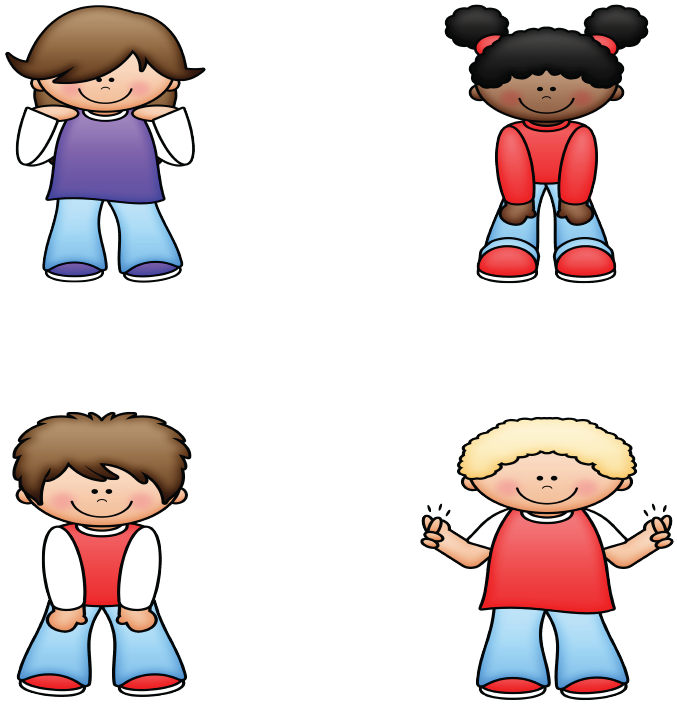Y4. Lesson 23. Uses of music
Prior learning: None
Duration: 30 minutes
Materials: Woodblocks or claves
Keywords: Beat, rhythm, singing, chanting, partners, rhymes, circle games.
Difficulty: ![]()
Prepare
Present
Uses of music
Practise

In this lesson, students will explore the different ways music is used in everyday life and its broader societal functions. They will examine how music communicates emotions, supports cultural identity, provides entertainment, and connects people socially. Through discussions, group activities, and listening exercises, students will better understand how music influences and enhances various aspects of life.
 Melodic development
Melodic development
![]() Students will explore how melodies are developed and used in various contexts, such as communication, entertainment, and emotional expression.
Students will explore how melodies are developed and used in various contexts, such as communication, entertainment, and emotional expression.
- Explain that a melody is a sequence of musical notes pleasing to the ear and is often the main feature of a song or piece of music. We can think of the melody as being the 'tune.'
- Play the first track and ask if students have heard it before and where [Channel 10 News on television]
- Ask students if they have heard the music on the second track and where [Film - Ghostbusters]
- The third track may only be recognisable to those students who play Minecraft.
- Ask what makes a melody memorable. Can you think of a song or tune you can’t forget?
- Students can be encouraged to share examples of melodies from their favourite songs, jingles, or TV shows.
- How does the melody communicate emotion?
- What makes this melody suitable for its purpose (e.g., catchy for a commercial, expressive for a film)?
 Rhythmic development
Rhythmic development
![]() Students listen and decide whether a rhythm added to a song is appropriate.
Students listen and decide whether a rhythm added to a song is appropriate.
- Ask students, "Have you ever heard music that felt like it didn’t fit the mood or style of a song?"
- Introduce the idea that different genres of music have their own rhythmic "rules" or expectations, and certain rhythms might feel out of place or wrong if they don’t match the genre.
- Play three song examples on the player. Each short clip features the original music and another version with an inappropriate rhythm to help students understand how rhythm can affect a song's mood and style.
- Ask if the added rhythm improves the song or makes it sound worse. Ask the reasons why.
- Encourage students to think about how rhythm affects the feel of music.
 Creative movement
Creative movement
![]() Students collaborate to create music stories.
Students collaborate to create music stories.

- Divide students into small groups and assign each group a different context (e.g., music for a commercial, movie, lullaby).
- Each group will work together to create a short story and then compose a rhythmic or melodic pattern to accompany it, using classroom instruments or body percussion.
- When secure, they will perform their story with music for the class, fostering collaboration and engagement.
- For example, one group might create a television advertisement for a fictitious product, and another might choose the opening of a cartoon film or video game
- This game encourages creativity in developing music that fits specific contexts.
 Listening
Listening
![]() Students listen to music and use their imagination to decide where the music can be found.
Students listen to music and use their imagination to decide where the music can be found.
- Discuss where students can listen to music in various settings beyond just music class. For example, in everyday life, through TV shows, movies, and video games, soundtracks create mood and tension.
- Discuss how music is present in commercials, where catchy jingles enhance a product for sale. Students often hear music at public events, such as sporting events or school assemblies, and in retail spaces as background music.
- Streaming platforms like YouTube, Spotify, and educational apps also provide access to playlists and learning resources, helping students engage with music in academic and personal settings.
- Play each of the four tracks and ask students where the music might be used.
 Visual learning
Visual learning
![]() Students decide which type of music should be played in response to visual cues.
Students decide which type of music should be played in response to visual cues.
- Project the graphic using full-screen mode.
- Start by discussing the first image of two soft drink cans. Ask the class what this image represents (advertisement). Explore what kind of music might be used—would it be loud or soft? Would it feature a heavy beat or a gentle rhythm? Where might students hear this type of music? (Television, YouTube).
- Repeat this process for the remaining three images, guiding students to think about how music choices change depending on context.
- Conclude by emphasising how music is carefully chosen to match the mood and setting of each visual representation.
 Instruments
Instruments
![]() Students
Students
 Part work
Part work
![]() Students create rhythmic canons.
Students create rhythmic canons.

- Begin by demonstrating a rhythm with a body motion, tapping the beat every four beats. The students will then follow in canon, replicating both the rhythm and the beat motion.
- For example, say, “What goes on in Mexico?” while tapping four steady beats.
- Next, repeat the phrase, but tap the beats on different parts of your body (e.g., shoulders, knees).
- Have students imitate the rhythm and actions. Once students master this, perform the rhythm in canon, with students joining after four beats.
- Alternatively, you can clap a rhythm and have students clap it back after two or four beats.
 Assess
Assess
Suggested lessons
Y1. Beat II

Y1. Beat III

Y1. Beat IV

